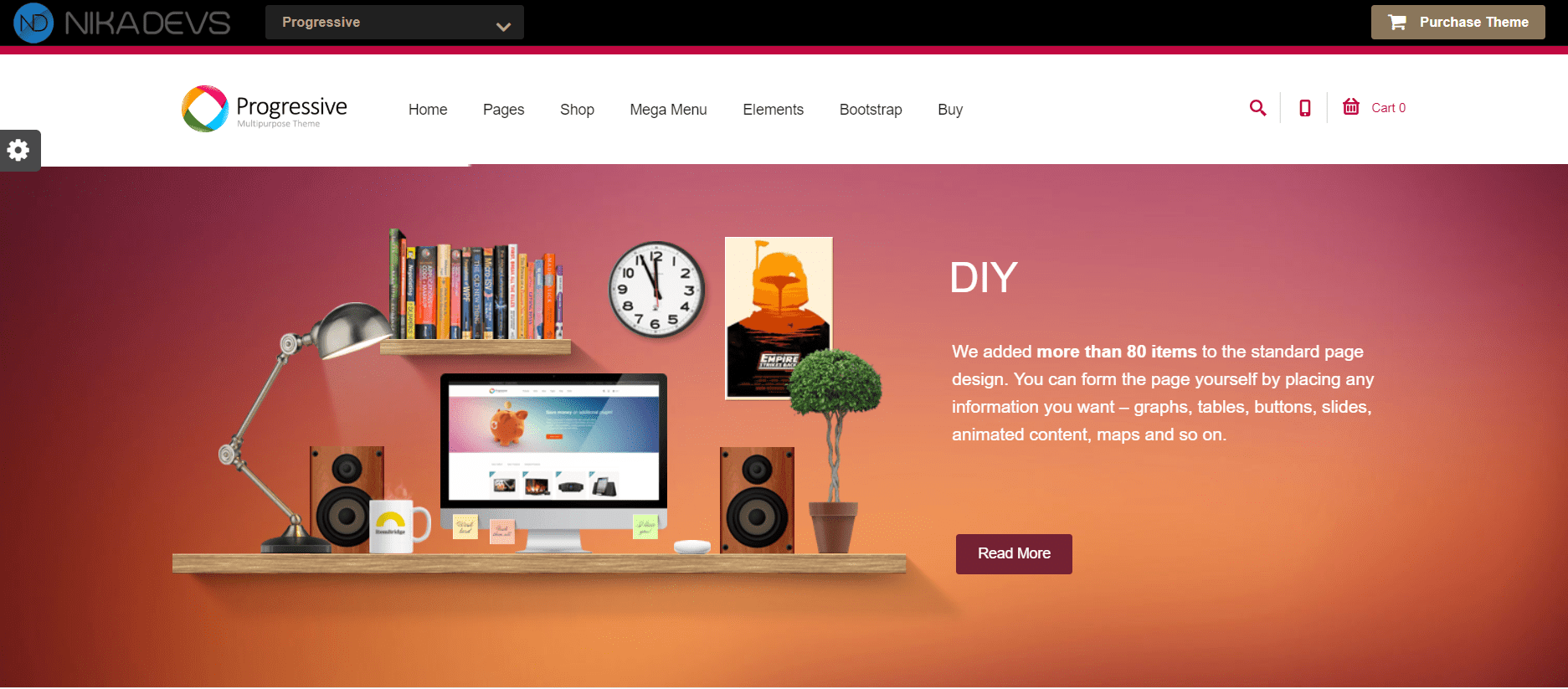
 Now, you can add fields, manage display type, manage display etc. Once here, click on the ‘ Add custom block type’ button. Go to admin -> structure -> block layout -> custom block library. By clicking on the link ‘Demonstrate block regions’ the site will display on which part of the page a block will be rendered (sidebar, header, footer, etc…). The blocks in the Block Layout are placed into the regions. Knowledge of custom module development in Drupal (YAML, namespaces, modules folder structure)Īll the blocks currently present on the site are available in the ‘Block Layout’ section of the ‘Structure’ menu. Familiarity with basic Drupal theming concepts (understanding of theme regions). Enabled Block and Custom Block modules (usually Drupal has these enabled already, I’m leaving this information here in case that they aren’t). This guide offers a quick overview of implementation of these types of blocks, but is mostly focusing on the Custom Blocks that can be implemented via development of a custom module.
Now, you can add fields, manage display type, manage display etc. Once here, click on the ‘ Add custom block type’ button. Go to admin -> structure -> block layout -> custom block library. By clicking on the link ‘Demonstrate block regions’ the site will display on which part of the page a block will be rendered (sidebar, header, footer, etc…). The blocks in the Block Layout are placed into the regions. Knowledge of custom module development in Drupal (YAML, namespaces, modules folder structure)Īll the blocks currently present on the site are available in the ‘Block Layout’ section of the ‘Structure’ menu. Familiarity with basic Drupal theming concepts (understanding of theme regions). Enabled Block and Custom Block modules (usually Drupal has these enabled already, I’m leaving this information here in case that they aren’t). This guide offers a quick overview of implementation of these types of blocks, but is mostly focusing on the Custom Blocks that can be implemented via development of a custom module. 
The Custom Blocks that come from the GUI are blocks of content similar to node entities. Examples of a block would be social sharing buttons, Who’s online, Recently viewed content, Social media feeds, etc…
Implementing custom configuration form for the blockīlocks are boxes of content which are rendered on a specified part of the site. 
Updated with current information for Drupal 9 and 10. Originally published on November 2nd 2018.







 0 kommentar(er)
0 kommentar(er)
